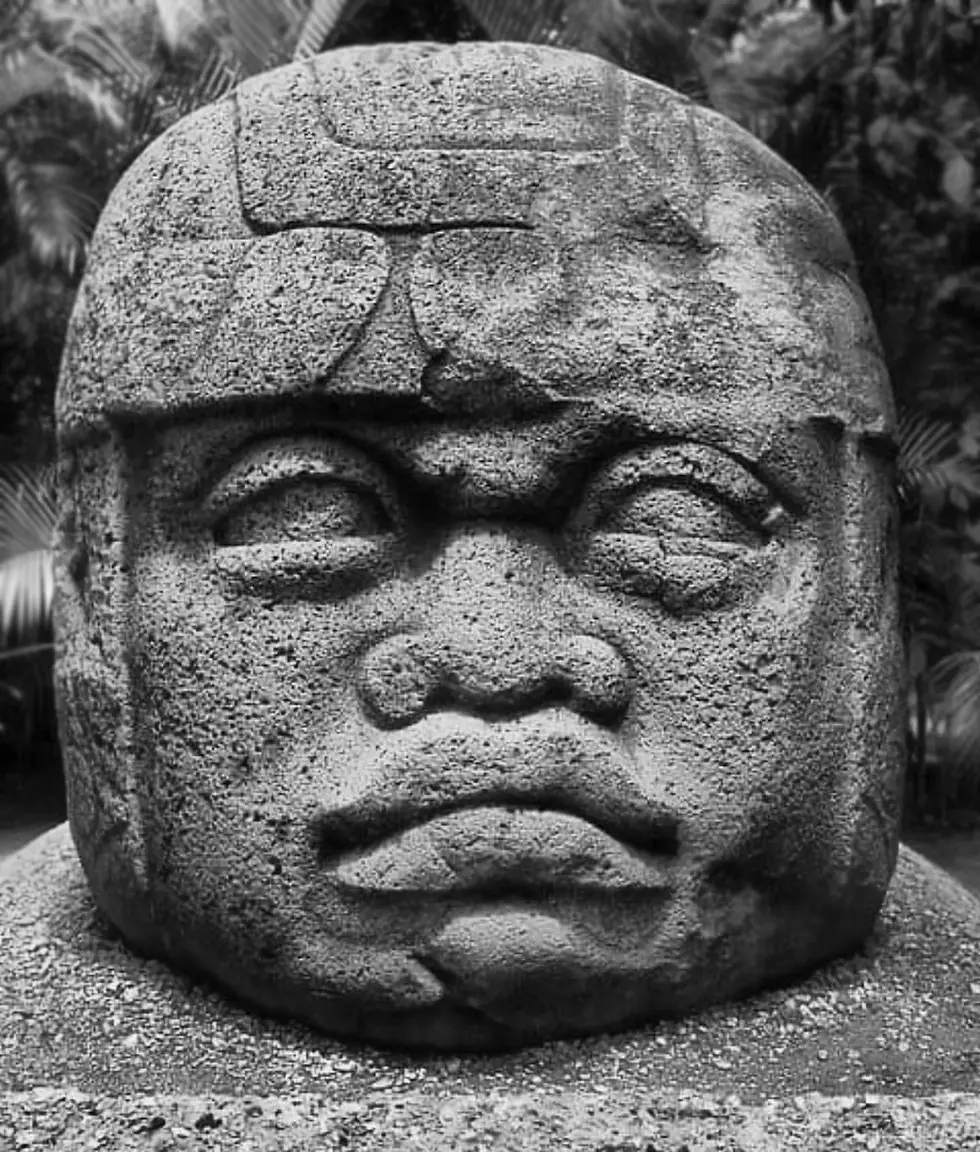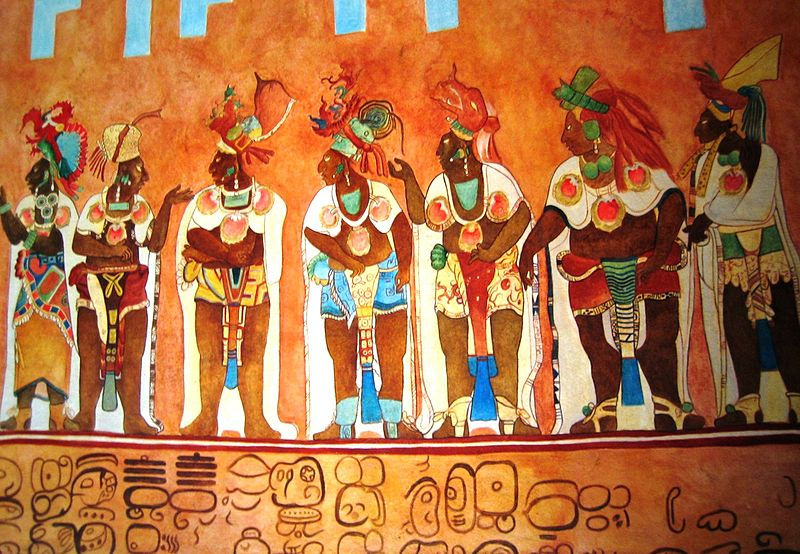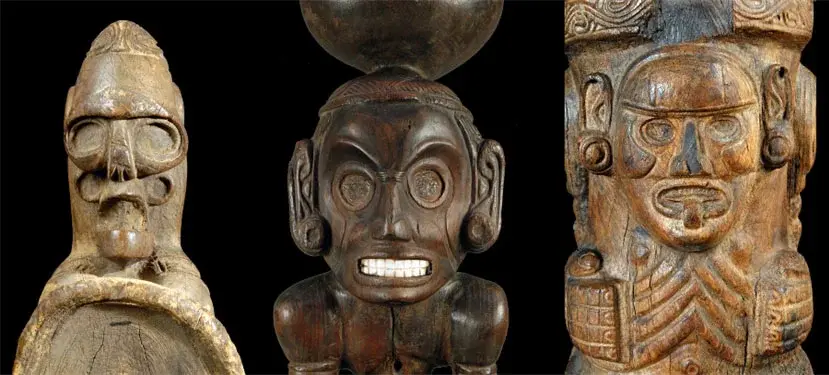Aztec Turquoise: The Gemstone of Royalty and Spiritual Power
- ninedivinecreation
- May 22
- 2 min read
Updated: May 25
In the vibrant world of the Aztecs, turquoise was much more than just a beautiful stone—it was a symbol of divine power, royalty, and spiritual connection. This vivid blue-green gemstone was treasured across Mesoamerica and played a central role in Aztec culture, art, and religion.

The Allure and Significance of Turquoise
Turquoise’s captivating color—reminiscent of the clear sky and sacred waters—made it a powerful symbol of life, fertility, and protection. The Aztecs believed it embodied the energy of the gods, particularly those associated with water and creation. Because of its rarity and striking beauty, turquoise became a gemstone reserved primarily for the elite: emperors, priests, and high-ranking warriors.
Wearing turquoise jewelry was a visible sign of status and divine favor. It was believed to protect the wearer from harm, attract good fortune, and establish a spiritual link with the divine realm.
Turquoise in Aztec Jewelry and Ceremonial Attire
Aztec artisans demonstrated extraordinary skill in crafting turquoise into intricate mosaics, beads, pendants, and inlays. One of the most famous examples is the Mask of Xiuhtecuhtli, the fire god, which is adorned with turquoise pieces meticulously cut and arranged to capture the deity’s fierce power.
Turquoise was also inlaid into shields, ceremonial masks, and jewelry worn during sacred rituals. These items were not just ornamental—they were sacred tools believed to channel spiritual energy and invoke protection during warfare and religious ceremonies.
Symbolism Beyond Beauty
Beyond its aesthetic appeal, turquoise represented the delicate balance of earthly and celestial forces. It was associated with water, rain, and fertility—critical elements for the agricultural Aztec society. The stone’s connection to these natural forces made it a potent symbol of renewal, life-giving energy, and spiritual harmony.
Additionally, turquoise’s calming color was linked to peace and healing. Shamans and priests used turquoise amulets to mediate between the human and divine worlds, helping to maintain cosmic order.
The Legacy of Turquoise Today
Although the Aztec empire has long passed, the reverence for turquoise continues in Mexico and beyond. Modern artisans and indigenous communities honor turquoise as a sacred stone, weaving its symbolism into contemporary jewelry and spiritual practices.
Turquoise remains a bridge between past and present—an enduring testament to the Aztecs’ deep respect for nature, beauty, and the sacred.


